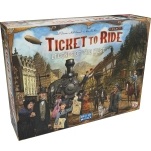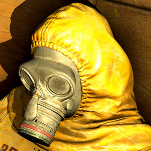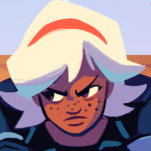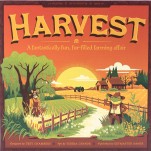Until Dawn: We’re All Stars Now in the Trope Show
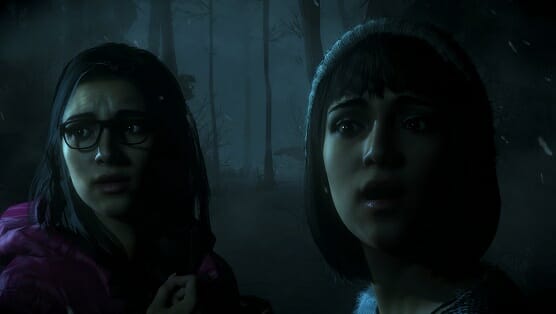
I have a feeling deep down in my gut that Until Dawn is going to be incredibly divisive. It will be held up as an object of excellence and as one of absolute failure by those who tune in and out of the various things that the game is doing.
I love Until Dawn. I rarely feel this way. I’ve made myself into a stone, unable to feel prerelease hype deep beneath the ice shell that I have crafted to keep me from the promotional material world of multi-year advertising campaigns. When I first heard about Until Dawn a while back, I filed it away in the Could Be Interesting section of my mental warehouse and promptly decided to ignore anything about it until I could play it (that’s my method for anything in the Could Be Interesting file).
I’m very serious when I say that the moment I launched the game was the moment that I found out about 90% of the game’s concepts and content. And, if I’m being very honest, I think that reading anything about this game probably takes away some of the magic that I felt when playing it for the first time. If the game looks interesting to you in any way, stop reading now and just go play it. You’ll be better for it.
If you’re sticking around, let me lay it out for you. Until Dawn is a narrative game that cleaves as close to cinema as possible for videogames. It is fully motion captured with famous-to-less-famous actors who contributed both their faces and their bodies to create dynamic movements and reactions in a game, and you take control of those various bodies in order to make decisions for those characters. Peter Stormare, certainly the biggest “get” in the game, has some of the most GIF-able reactions I have ever seen in a game, and he chews scenery better than anyone else in the business.

Beyond the technical, Until Dawn is a horror game. It leans so hard into its horror tropes that a lot of them snap like safety belts in a Final Destination film. More on that in a minute.
The matrix of decision in choice in Until Dawn is called The Butterfly Effect, and it’s essentially a system for tracking what the player decidedsto do. You can trace all of your decisions back through time, and this is incredibly important for the moments when you have no idea how you got from point A to point B.
“You make choices and the choices matter” has been the bugbear phrase of videogames for twenty years. Giving players narrative options that actually pan out into their own unique scenarios has been promised by many games, and when it has been achieved (if it was achieved at all, or even attempted) it has mostly been through resource-efficient methods. The Planescape: Torment method, which is still celebrated by fans, was merely centered on changing NPC reactions; the Heavy Rain method mostly centered on making it seem like your choices mattered while largely ignoring them.
Until Dawn seems to be the furthest along in this paradigm. When characters make choices about whether to jump down a ledge or run along a path, those choices echo for a very long time. The Butterfly Effect system allows you to trace those echoes, and having played and replayed some sections, Until Dawn largely delivers on the promise of narrative splitting and choice.
The kinds of choices that the player can make are varied. During an action sequence, you might choose a dangerous or safe option. During a discussion, you might shame a friend for being afraid or try to calm them. While these decisions seem different in kind, Until Dawn makes it very apparent that there is no dissonance between how these characters act toward one another and how they react toward the horrifying circumstance that they are in. These teens are living their lives, and you’re along for the ride.

-

-

-

-

-

-

-

-

-

-

-

-

-

-

-

-

-

-

-

-

-

-

-

-

-

-

-

-

-

-

-

-

-

-

-

-

-

-

-

-


































